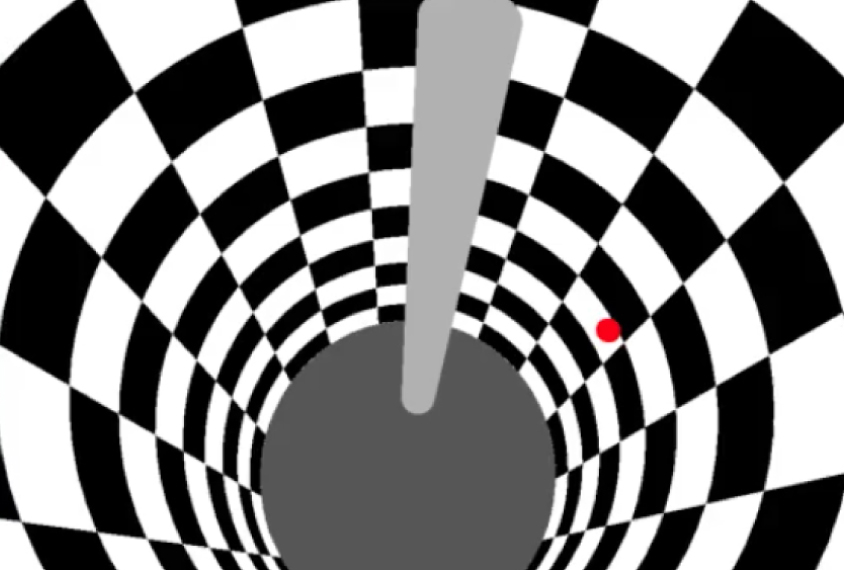
THIS ARTICLE IS MORE THAN FIVE YEARS OLD
This article is more than five years old. Autism research — and science in general — is constantly evolving, so older articles may contain information or theories that have been reevaluated since their original publication date.
A new tool can track fish, flies or mice as they navigate a virtual environment and interact with other animal ‘avatars’1. The technique allows scientists to simulate an animal’s natural surroundings and test its reactions to changes.
The tool, called FreemoVR, is a digital display that surrounds the animal or appears beneath it. Researchers can program the display to show different visual patterns or other creatures. Cameras at 11 positions track the animal’s every move, and software sends the information to the display, which continually updates to reflect the animal’s perspective.
“This system lets us do experiments where the animal has natural feedback for its own movements, but lets us give it this artificial visual world that is completely immersive,” says Andrew Straw, professor of biology at the University of Freiburg in Germany, who co-led the work.
In one experiment, the researchers programmed the display to show a cavernous space with a pole at the center. When they placed fruit flies in this virtual world, the insects flew around the virtual pole just as they did a real one, showing that the environment produces natural behavior.
The researchers also used the tool to track interactions among zebrafish. They placed a zebrafish in a fishbowl covered by a virtual display. At first, the zebrafish swam in a wide circle, hugging the bowl’s perimeter. But when the researchers introduced a fish avatar to the scene, the zebrafish altered its trajectory to follow the avatar — but only if the avatar swam somewhat near the edge. The zebrafish did not deviate from its path when the avatar circled the bowl’s center, showing that it would only venture so far to be social.
The method appeared 21 August in Nature Methods. Researchers can build their own version of the tool with commercial parts and download the software for free. The tool could reveal how mutations tied to autism affect behavior in fish, flies and mice.
By joining the discussion, you agree to our privacy policy.